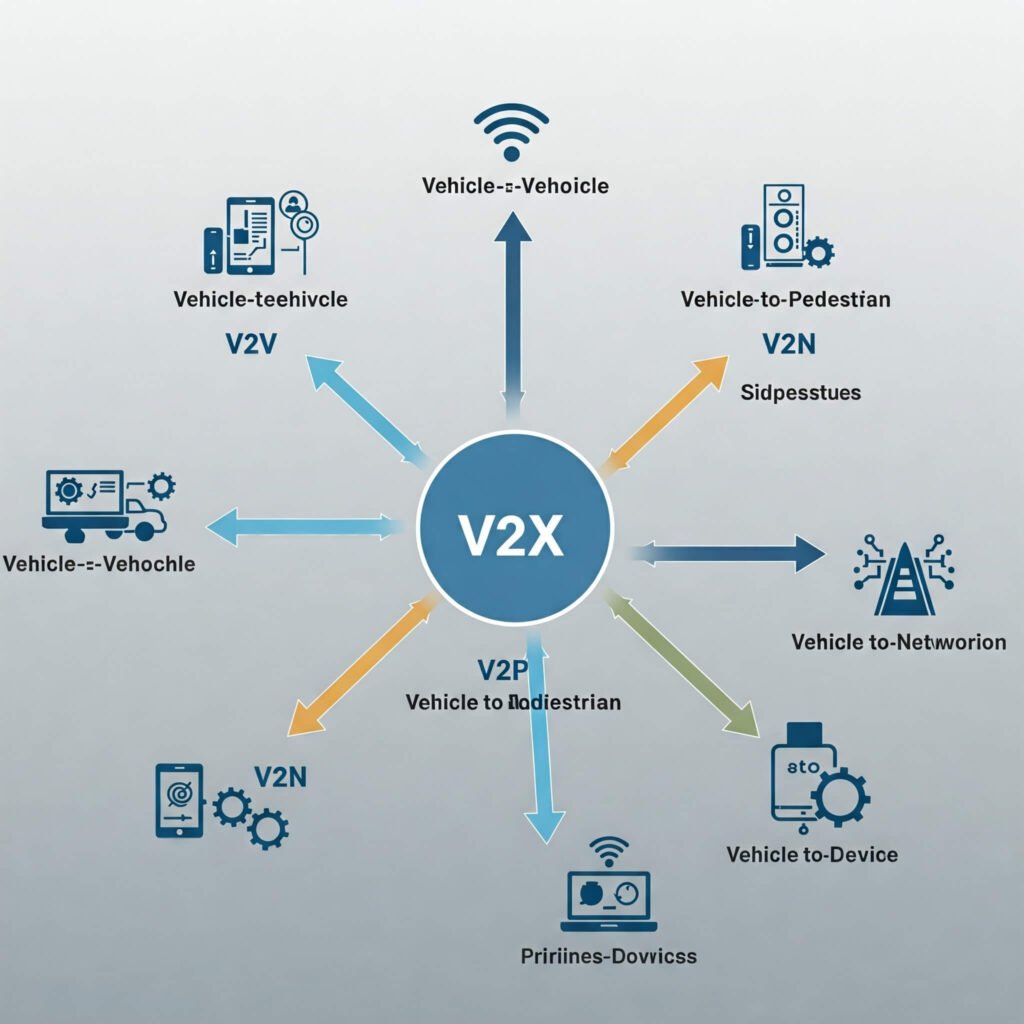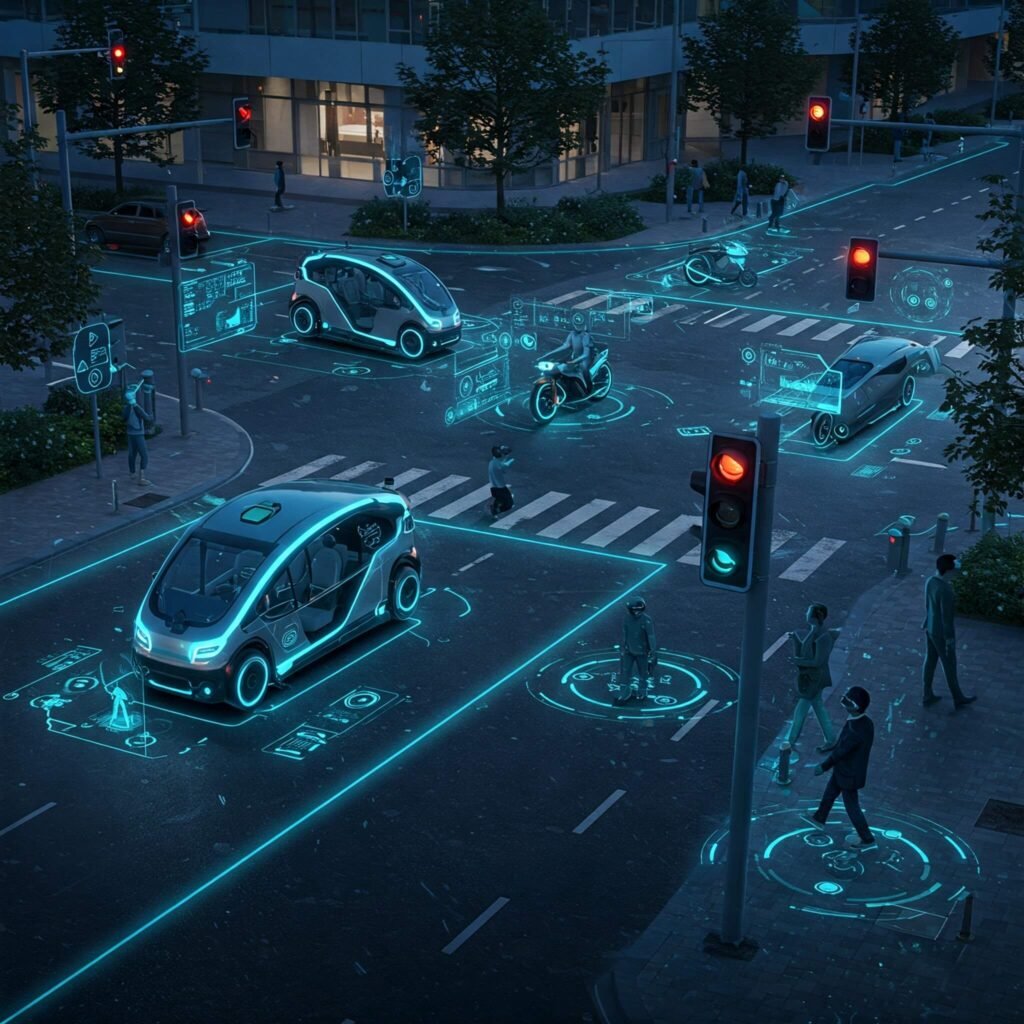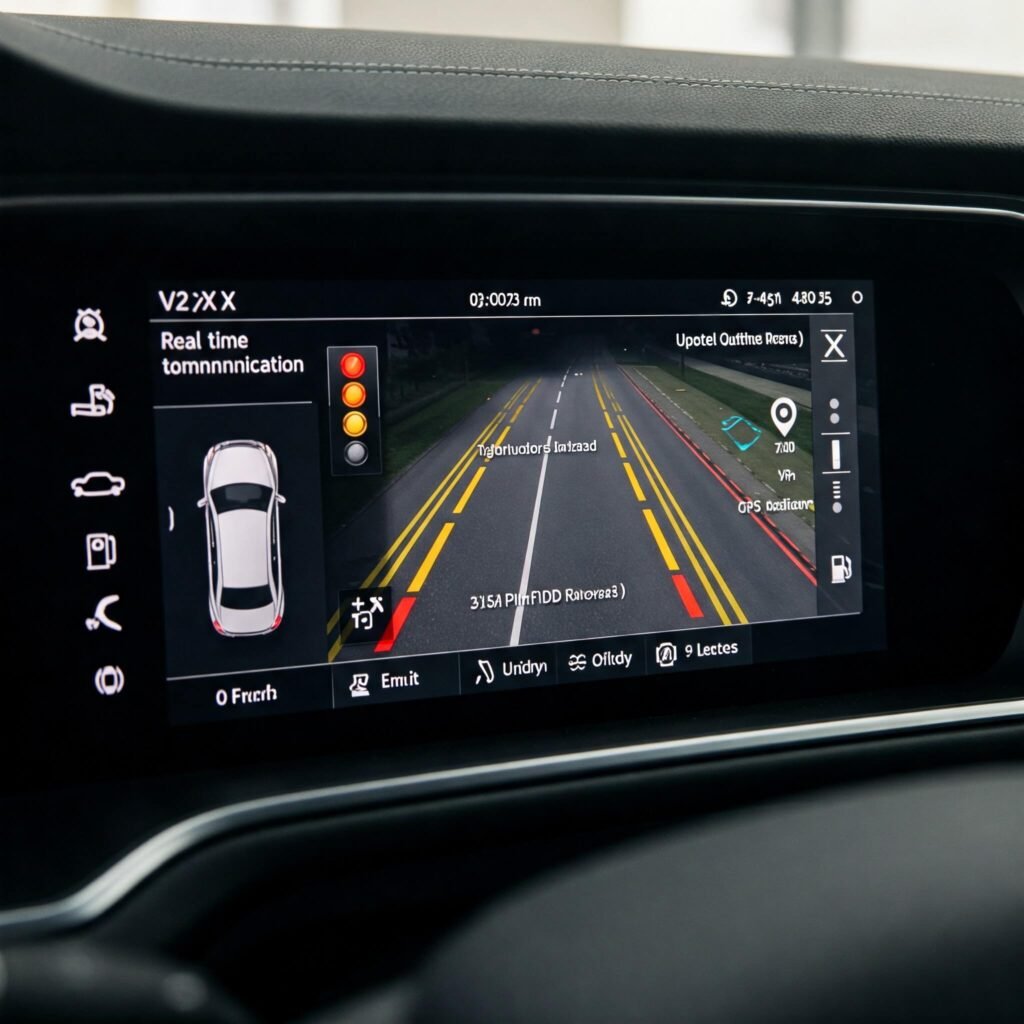Hey there, fellow tech enthusiasts and future-forward thinkers! V2X technology is a concept that’s rapidly moving from the realm of science fiction to our everyday reality. Indeed, you might be hearing this buzzword more and more, but what exactly is V2X technology, and more importantly, why should you, as a driver, commuter, or even just a resident of a smart city, care about it? Let’s dive in and explore this game-changing innovation.
Understanding the Core of V2X Technology
Essentially, at its heart, V2X technology stands for “Vehicle-to-Everything.” It’s a powerful communication system that allows vehicles to exchange information with virtually anything they might encounter on the road and beyond. Furthermore, this “everything” encompasses several key categories:
- Vehicle-to-Vehicle (V2V): Cars communicating directly with each other, sharing information about speed, location, braking, and potential hazards. Consequently, this can lead to cooperative driving and collision avoidance.
- Vehicle-to-Infrastructure (V2I): Vehicles interacting with roadside infrastructure like traffic lights, road signs, and even construction zones. For instance, imagine traffic lights adjusting dynamically based on real-time traffic flow, or getting alerts about icy road conditions ahead.
- Vehicle-to-Pedestrian (V2P): Cars communicating with devices carried by pedestrians and cyclists, like smartphones or smartwatches. As a result, this can significantly enhance pedestrian safety, especially in low-visibility conditions.
- Vehicle-to-Network (V2N): Vehicles connecting to the cloud and cellular networks to access real-time traffic updates, weather information, and over-the-air software updates. Moreover, this connectivity opens up a world of possibilities.
- Vehicle-to-Device (V2D): Vehicles communicating with other devices like smartphones, smart home systems, and charging stations. Therefore, managing various aspects of your vehicle and life becomes more integrated.

Why Should You Care About V2X Technology?
Undoubtedly, the implications of V2X technology are far-reaching and touch upon several aspects of our daily lives. Hence, here’s why you should be paying attention:
Enhanced Safety with V2X Technology
Primarily, one of the most significant benefits of V2X technology is its potential to drastically improve road safety.
- Collision Avoidance: For example, V2V communication can warn drivers of potential collisions, even if they are out of sight (e.g., around a blind corner or due to sudden braking ahead).
- Emergency Vehicle Alerts: Consider the scenario where your car receives a notification about an approaching ambulance or fire truck, giving you crucial extra seconds to clear the way.
- Vulnerable Road User Protection: Additionally, V2P communication can alert drivers to the presence of pedestrians or cyclists, especially at night or in adverse weather conditions, significantly reducing accidents.
Smoother Traffic Flow Thanks to V2X Technology
Furthermore, V2X technology can contribute to a more efficient and less congested transportation system.
- Adaptive Traffic Signals: Through V2I communication, traffic lights can adjust their timing based on real-time traffic data, reducing wait times and improving traffic flow.
- Optimized Route Planning: Moreover, V2N connectivity provides access to real-time traffic information, enabling navigation systems to suggest the most efficient routes and avoid bottlenecks.
- Cooperative Adaptive Cruise Control (CACC): By utilizing V2V communication, vehicles can maintain optimal distances and speeds collaboratively, leading to smoother traffic flow and reduced congestion.
The Convenience and Comfort of V2X Technology
Beyond safety and efficiency, V2X technology offers a range of convenience and comfort features.
- Predictive Maintenance: With V2N connectivity, vehicles can communicate their health status to manufacturers or service centers, enabling proactive maintenance and preventing breakdowns.
- Seamless Infotainment: Moreover, enhanced connectivity through V2N allows for richer infotainment experiences, including real-time streaming and access to cloud-based services.
- Smart Charging: For electric vehicles, V2D communication with charging stations can optimize charging schedules and even enable vehicle-to-grid (V2G) energy transfer in the future.

Real-World Applications and the Future of V2X Technology
Currently, V2X technology is no longer just a concept; it’s being actively tested and implemented in various parts of the world. To illustrate, pilot projects and early deployments are showcasing the potential of this technology in areas like:
- Connected Corridors: Dedicated stretches of road equipped with V2I infrastructure to test and deploy V2X applications.
- Autonomous Driving: While not solely reliant on V2X, it plays a crucial role in enhancing the awareness and decision-making capabilities of autonomous vehicles.
- Smart Cities: Indeed, V2X is a key enabler for smart city initiatives, contributing to intelligent transportation systems and improved urban mobility.
Looking ahead, the integration of V2X technology is expected to accelerate, driven by advancements in 5G and cellular vehicle-to-everything (C-V2X) communication standards. Consequently, this will pave the way for more sophisticated applications and a truly interconnected transportation ecosystem.







































